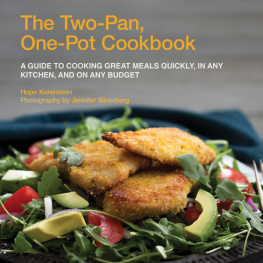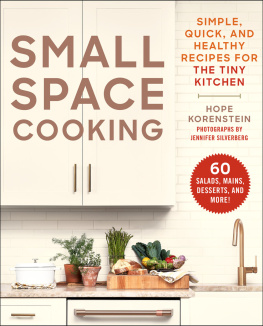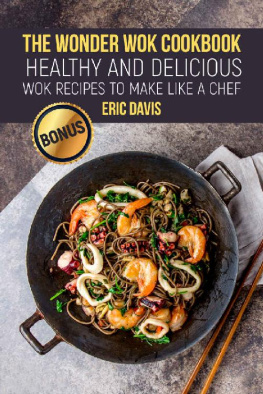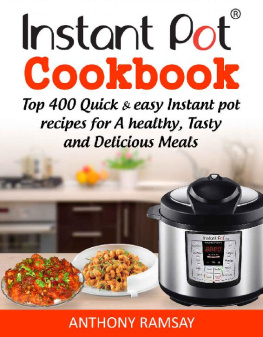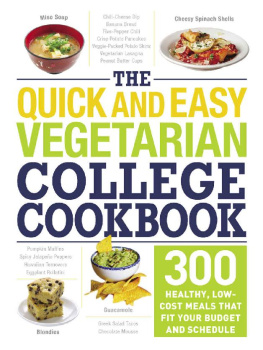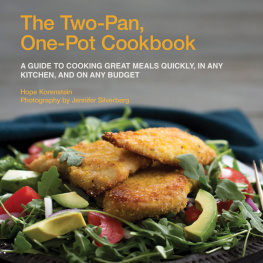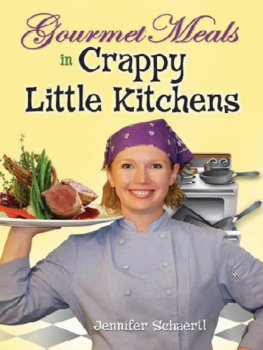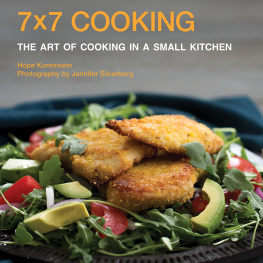Copyright 2013, 2015 by Hope Korenstein
Photography copyright 2013, 2015 by Jennifer Silverberg
All Rights Reserved. No part of this book may be reproduced in any manner without the express written consent of the publisher, except in the case of brief excerpts in critical reviews or articles. All inquiries should be addressed to Skyhorse Publishing, 307 West 36th Street, 11th Floor, New York, NY 10018.
Skyhorse Publishing books may be purchased in bulk at special discounts for sales promotion, corporate gifts, fund-raising, or educational purposes. Special editions can also be created to specifications. For details, contact the Special Sales Department, Skyhorse Publishing, 307 West 36th Street, 11th Floor, New York, NY 10018 or .
Skyhorse and Skyhorse Publishing are registered trademarks of Skyhorse Publishing, Inc. , a Delaware corporation.
www.skyhorsepublishing.com
10 9 8 7 6 5 4 3 2 1
Library of Congress Cataloging-in-Publication Data is available on file.
Print ISBN: 978-1-62914-664-5
Ebook ISBN: 978-1-62914-859-5
Printed in China
The following photos were previously published in Feast Magazine : 4, 10, 116, 126
For my mother

Table of Contents
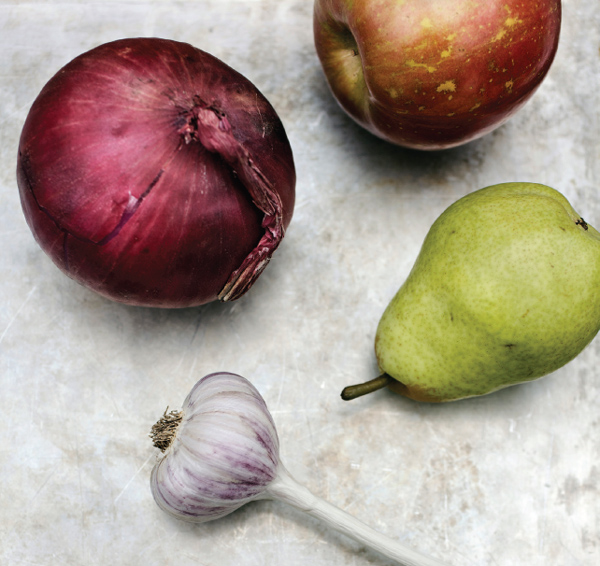
Introduction
M ore and more, it seems like cooking is treated as a source of entertainment, rather than a means of getting a delicious dinner on the table easily. Turn on the television and youre bound to see a bunch of people competing to make something delicious out of cow intestines. Or else witness a celebrity chef de-boning a duck or whipping lumps of crab meat into mousse. It might be fun to watch, but its not something most people will try to imitate at home, especially after a long day at work. Better to call the take-out place around the corner and get delivery food for half the price of the cost of a whole duck. Or take a short trip to the supermarket prepared foods counter, which has everything from eggplant parmagiana to fried chicken and sesame noodles. No wonder people eat out an average of 4.2 meals per week!
If you live in a small city apartment, you have even less incentive to cook than the average suburbanite with a kitchen island and a six burner stove. If youre lucky, your apartment has a separate kitchen, rather than a row of miniature appliances lining one wall of the living room. With a small kitchen and dozens of quick dinner options only a phone call away, it becomes easy to avoid cooking altogether.
But theres a catch. Take-out food is, with rare exceptions, soggy and cold by the time it arrives. Prepared foods at the supermarket have probably been sitting under a heat lamp for ten hours or more. The stuff just doesnt taste good.
There is another way! You dont have to choose between eating out, microwaving a plastic container of macaroni & cheese, or eating expensive but nonetheless soggy take-out every night. In my experience, cooking can be a relaxing and satisfying experience, even if your kitchen is nothing more than a mini refrigerator, a mini stove, and a sink lined up along a wall. Certain adjustments can be made.
What does it mean to cook in a small kitchen? First of all, a small kitchen means that you dont have a whole lot of counter space. Lets say youve become obsessed with cooking a recipe that involves stuffing, glaze, and three different sauces, all of which need to be prepared separately but assembled at the same time. Cooking this recipe will require simultaneous use of lots of different bowls, saucepans, and plattersand you dont have the counter space to support all of that. Before you know it, youve got a colander full of food resting in the sink, and several pots of food balanced precariously on your couch. That is, if you have enough pots, pans, and bowls to spread all over your apartment. Generally, if you have a small kitchen, you also have small cabinets, which hold only a limited amount of cookware, gadgets, and assorted kitchen tchotchkes.
And speaking of gadgets you dont have, lets talk about dishwashers because you dont have one! So after youve finally finished cooking the aforementioned recipe with stuffing, glaze, and three sauces, every single dish you own is dirty and needs to be washedby hand. The list of appliances you dont have, by the way, is not limited to the dishwasher: you also dont have a large food processor, or a deep fat fryer, or an electric mixer. All of those recipes that sound great and look easy, but require something to be deep fried, or blended, or otherwise whizzed into mush, are not an option.
SIDE NOTE: For those lucky few who do have some spare counter or cabinet space, manufacturers have some budget friendly appliances available that can help cut down on some of the workknown as mini- or hand held appliances. (Think mini-food processors, handheld mixers, and emulsion blenders.) These wont be able to do the same work load as their larger counterparts, but they work in a pinch if youre cooking for two.
The problems of cooking in a small kitchen are multiplied during the summer. When it is hot outside, it is even hotter inside, especially in an apartment that may not have central air conditioning, or even very good ventilation. Under those circumstances, turning on the oven pretty much amounts to turning the entire apartment into a sauna.
Since the recipes in this book are geared toward how I live and cook, and also the budget I work with, its easier for me to list all of the stuff that the recipes in this book dont have:
Tons of ingredientsokay, thats not always true, but if I do use a lot of ingredients, its mostly spices. Usually the ingredient list is small and manageable.
Lots of different components to a single dish that must be separately preparedwhich would take up too much space and create too many dirty dishes.
Processed, pured, or foods made extremely small by using something other than a sharp knife. But you will need a seriously sharp knife. Believe me, its worth the extra money, and a good knife lasts forever.
Deep fried foods. Unlike those chefs you see on television, I do not have a deep fat fryer sunk into my countertop.
Grilled foods. I dont have a barbecue. I will, however, teach you to love your broiler.
I dont use any expensive meat or fish. You wont find a dish that sounds pretty good, and then caviar, or lump crabmeat, or something incredibly expensive is added in to make the dish even more appealing.
Just to even the score, I thought I would throw in a list of ingredients that I use all the time and some techniques that show up quite a bit in my recipes:
Lots of chicken, fish, and pasta. I use as much cheap protein as I can find. Mussels, for example: they are inexpensive, are easy to cook, and taste great. Salmon and cod are usually not very pricey, and are very versatile. Chicken, obviously, the canvas of any cook. Cheaper cuts of meat like flank steak. Pork is also inexpensive, low in fat, and you can do almost anything with it.
Chilies. I like spicy food. You can obviously tone down the spice in my dishes, but be prepared for a little heat.
Quick sauts, bakes, or broils. I work all day, so I dont necessarily want to spend two hours in the kitchen getting dinner together. People in the suburbs usually grill if they want something fast and tasty. My recipes demonstrate that you can cook fast, tasty food without a grill.

